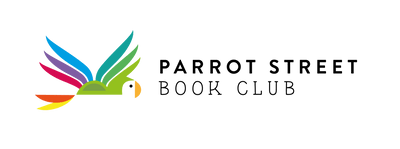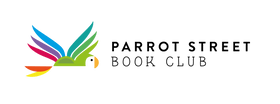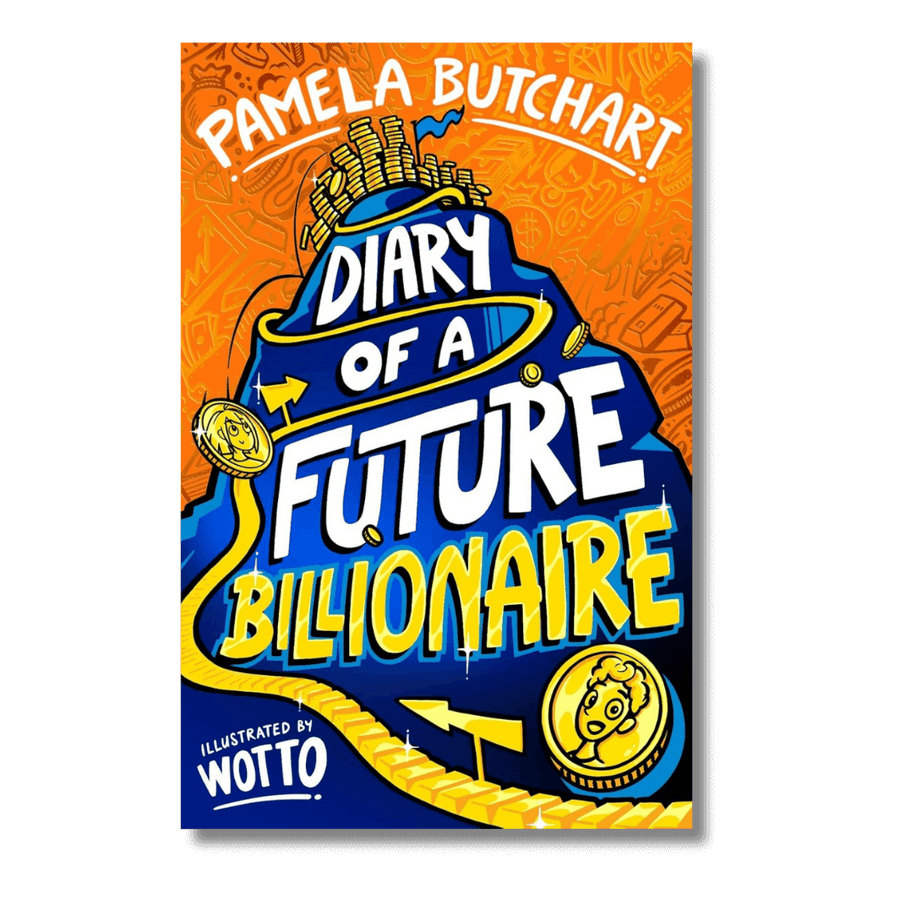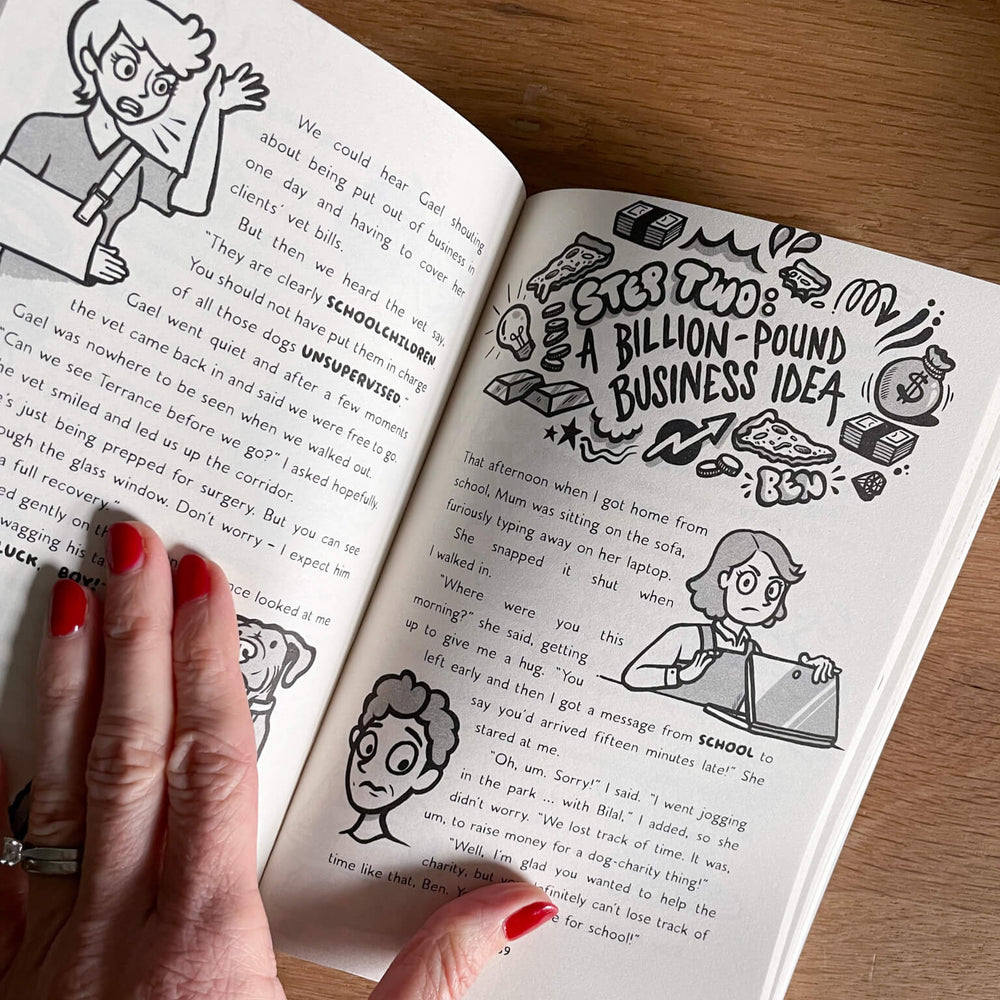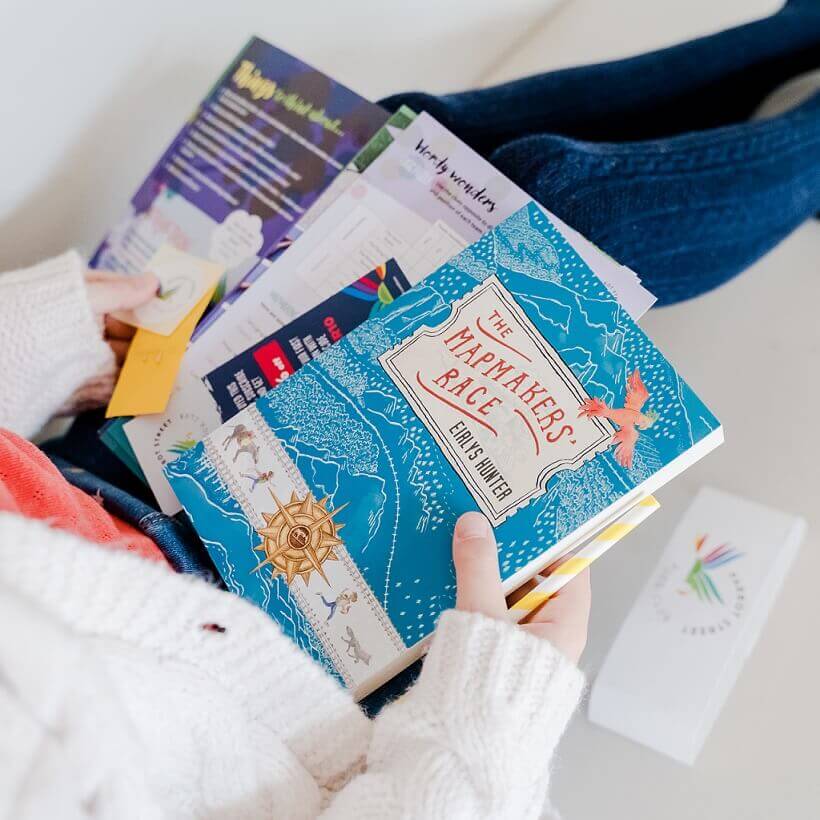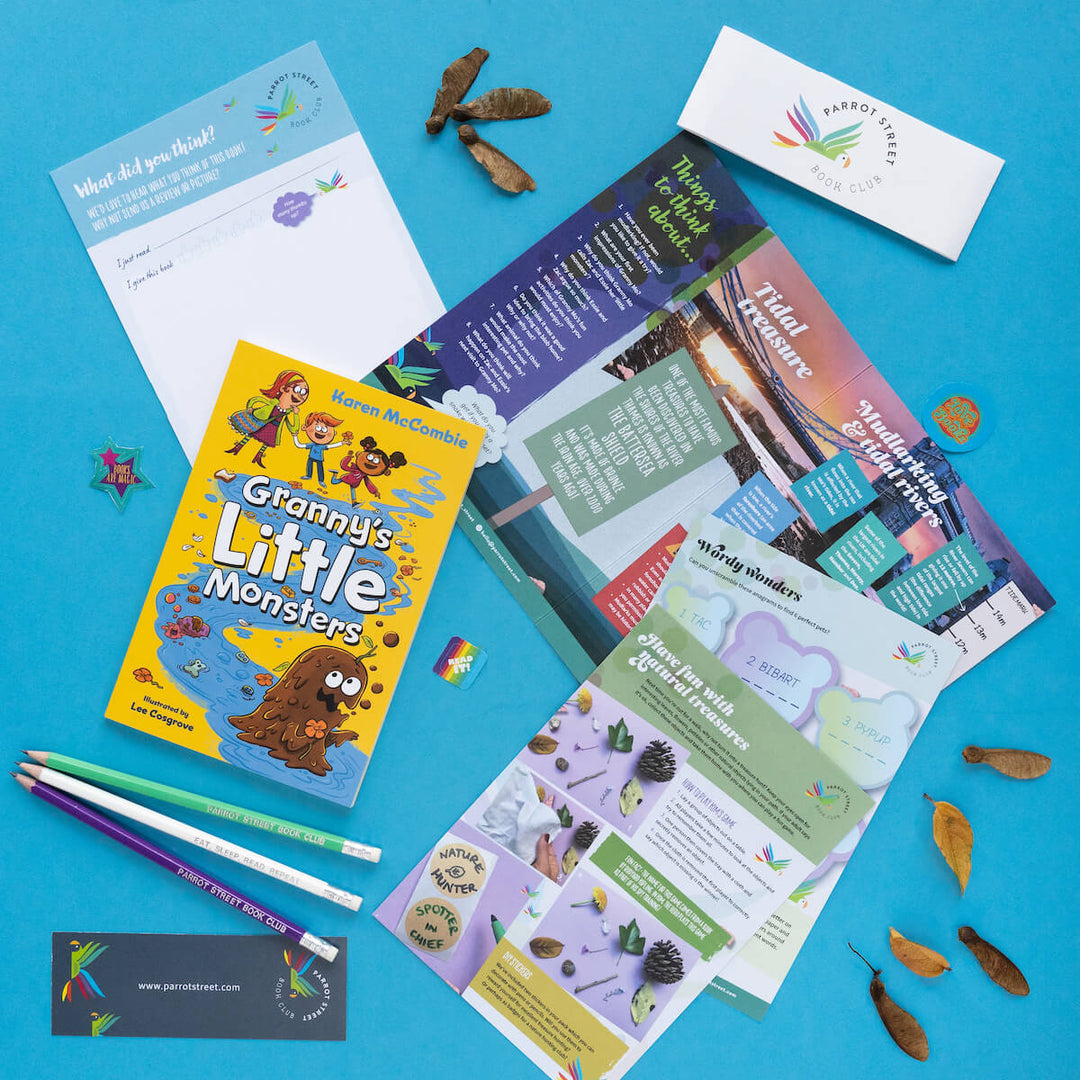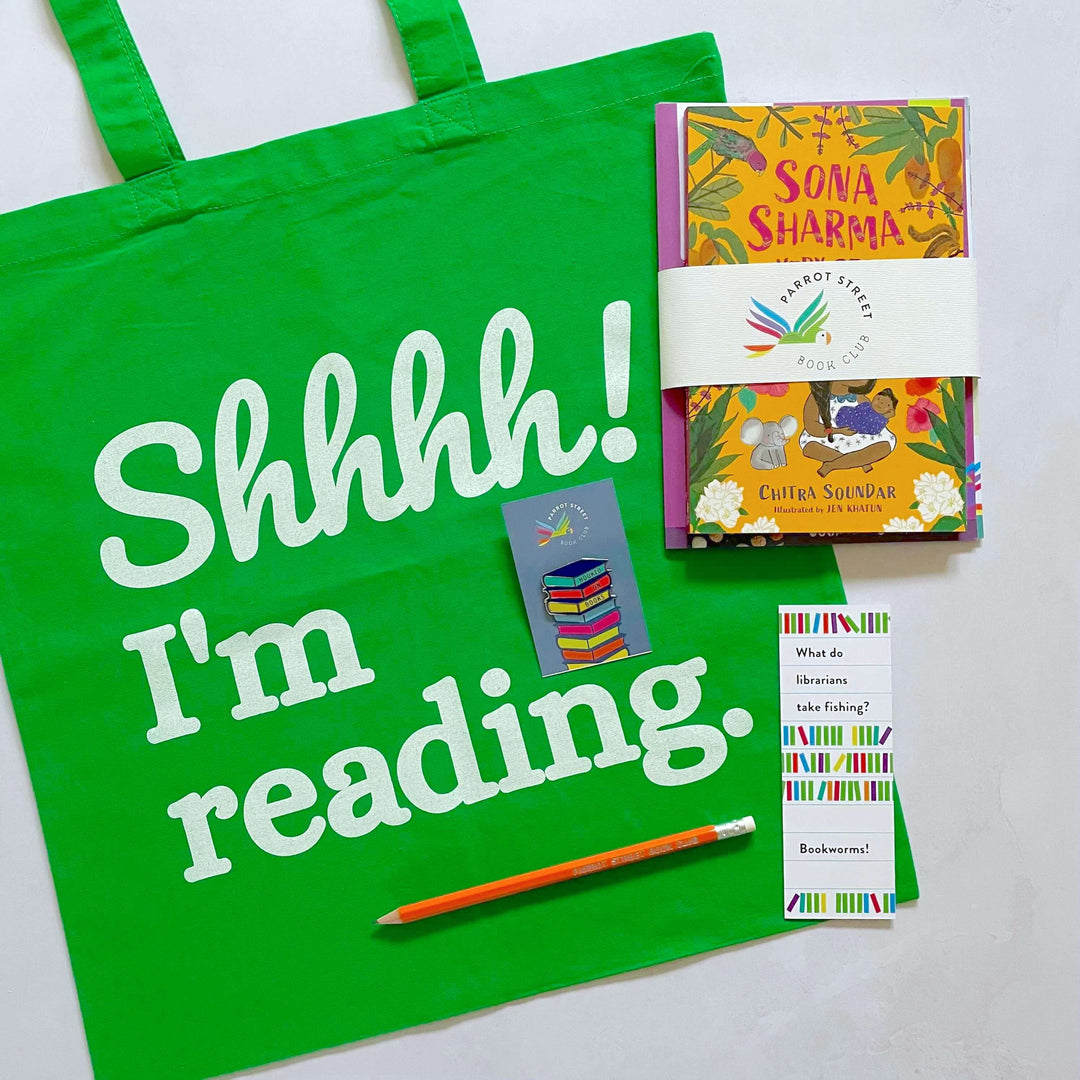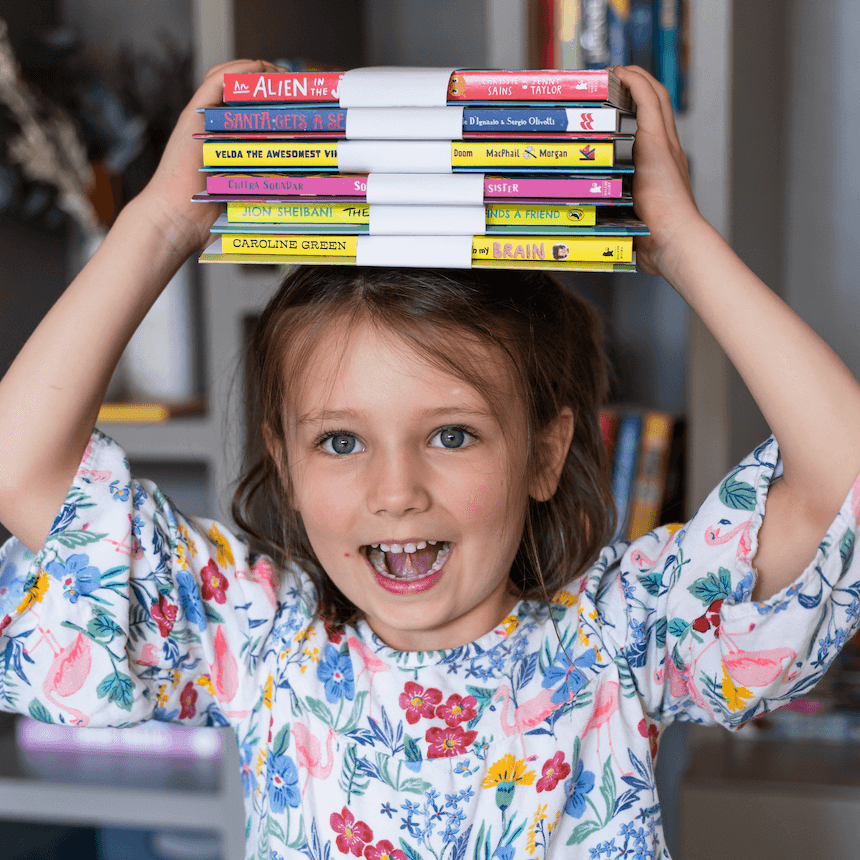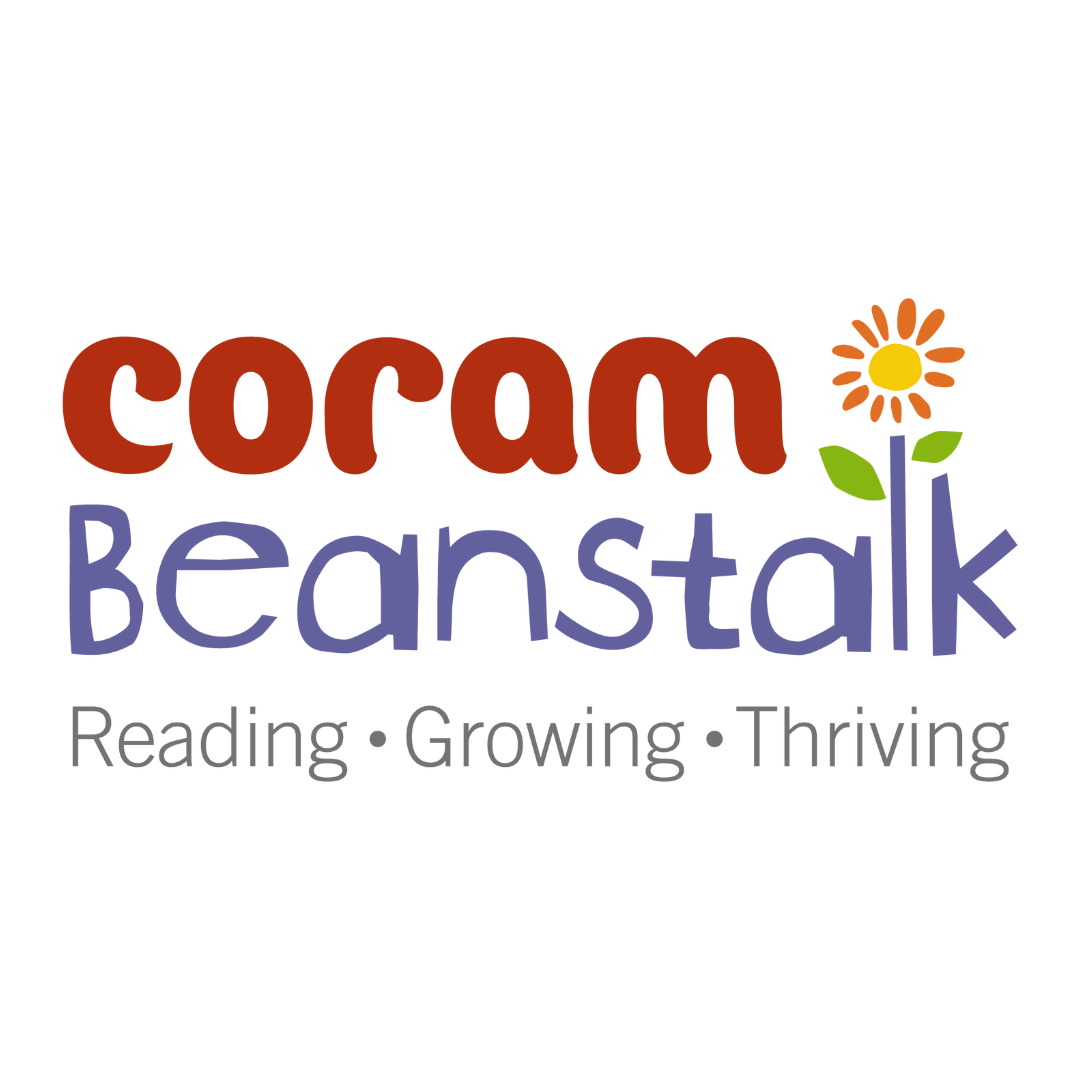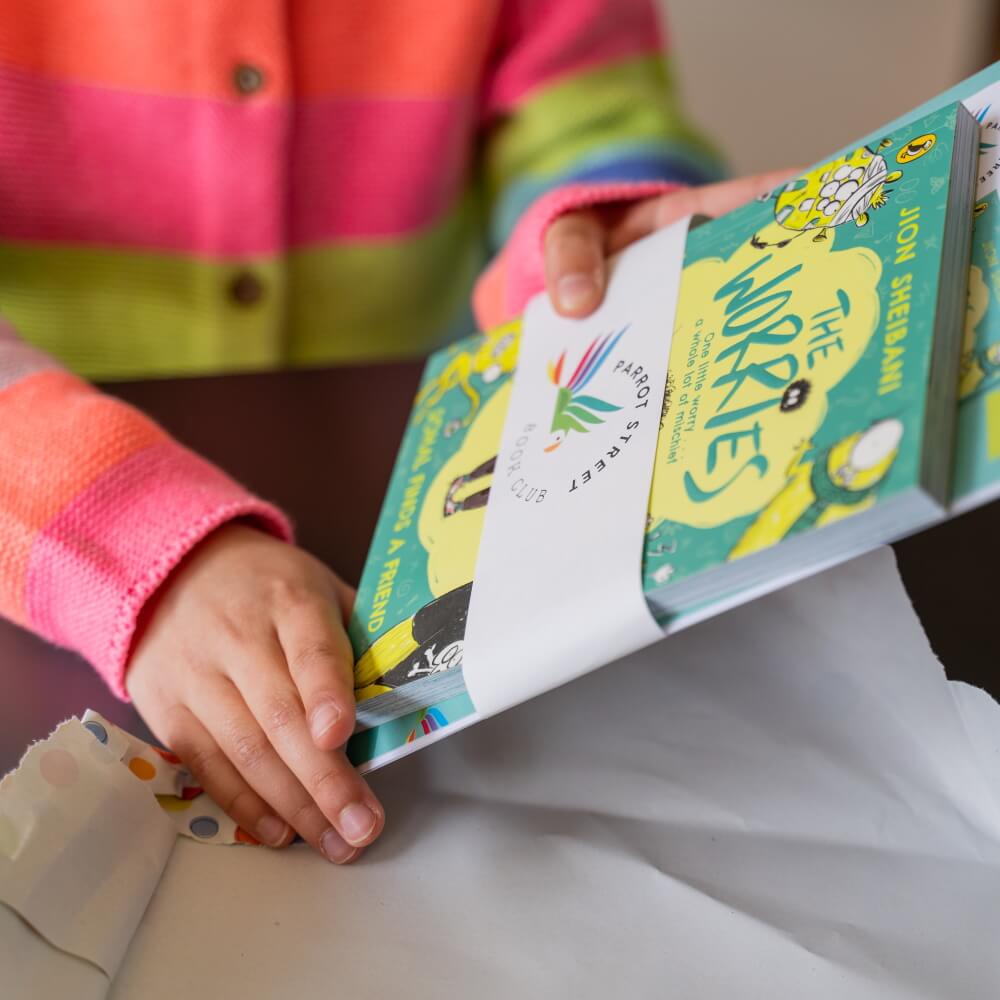Clare Furniss on The Things We Leave Behind and dystoptian fiction for early teens

What inspired you to write The Things We Leave Behind?
The political division of the last few years felt like something I’d never seen before and the COVID pandemic added to that sense of unreality and upheaval. I began to imagine how, in certain circumstances, things could really unravel. At the same time, refugees fleeing wars were dying in our seas. I couldn’t get my head around the way they were (and still are) discussed as numbers, as an ‘issue’, as a threat. What I could see were people like me and my family. I needed to try and make some sense of it, so I wrote about it.
We were really struck by the significance of storytelling in the book. How important was that as a theme for you?
Very important. Stories are so crucial to our lives, especially in difficult times. They are how we make sense of things, how we create our identity and sense of self, how we escape, how we give ourselves hope and comfort. They can also be deceptive, a place to hide rather than confront reality. I tried to explore all these aspects in the book.
How do you think you would have coped in Clem’s situation?
Badly! I remember clearly as a teenager how much I missed my best friends even when I went on holiday for a week. Clem has to hide out in a hut in the forest for a while and I’m really not keen on sharing my personal space with spiders. I get very irritable when I’m hungry, I hate being cold and I’m really not a fan of improvised toilet facilities… But I also know that difficult situations bring out strengths we don’t we have and that humans are incredibly adaptable, so I like to think I’d learn to make the best of it. And Clem does meet some great people along the way.
We loved hearing Mischa’s voice in particular. How did you decide which voices would take prominence in Clem’s story?
I love Mischa too! She’s so important throughout this story, even though she’s not actually present for quite a lot of it. As Clem’s best friend, Mischa is the person she’d usually turn to when she was having a hard time. She’s a big, bold personality, and she’s funny. From a narrative point of view, that was really important, as I didn’t want the book to feel too bleak. There needed to be some lightness and humour threaded through the story. Mischa is the person Clem needs as everything is falling apart so it felt natural that Clem would have imaginary conversations with her, because the people we love are part of our lives even when they’re not with us.
What do you hope young readers will take away from the story and how it unfolds?
Most of all I hope readers will enjoy it as a page-turning story about characters they care about. Beyond that, I hope it might make readers think about what it would feel like to be in Clem’s situation and how there are people who really are having to cope with that. Despite being a very sad story in places, there’s also a lot of hope for readers to take away. It’s about difficult subjects but it’s also about the importance of friends, family and love.
Why did you choose to write books for this age group?
I think books you read when you’re young make the most powerful connection. They can shape you. When you read as a teenager you’re still finding out about the world and yourself, working out your feelings and opinions and identity, so you engage with stories more openly. If you ask an adult which books they love most in the world, they’ll often talk about books they read when they were young. Those books become part of you.
Do you have a favourite place to write?
I’m very envious of authors who have a beautiful writing shed. I just have a desk. It’s very easy to get distracted when I write at home, by the mess, by my dog, by the biscuit tin… So I find it easiest to write in coffee shops, as long as I bring my noise-cancelling headphones. Best of all is when I meet writer friends and we reward ourselves with cake when we’ve reached our word count for the day.
Which other dystopian books for tweens and teens would you recommend our subscribers read next?
How I Live Now by Meg Rosoff and Floodland by Marcus Sedgwick are two YA classics with dystopian settings that feel within touching distance. Two recent recommendations are the twisty dystopian thriller Happy Head by Josh Silver and the feminist dystopian take on beauty norms and pressure on teen girls to conform You Could Be So Pretty by Holly Bourne.
Copies of our The Things We Leave Behind pack, including a copy of the book and loads of fun activities to go with it, are now available for individual purchase. Grab a copy while stocks last!
This post includes affiliate links to our bookshop.org page, meaning we receive a small percentage of the sale should you purchase through them. Additionally, a percentage from all sales on the platform goes directly to local UK bookshops which is an initiative we're delighted to support!
JOIN OUR EMAIL LIST
Children's book news straight to your inbox
We love sharing product updates, book recommendations, children's activity ideas and special offers via email.
